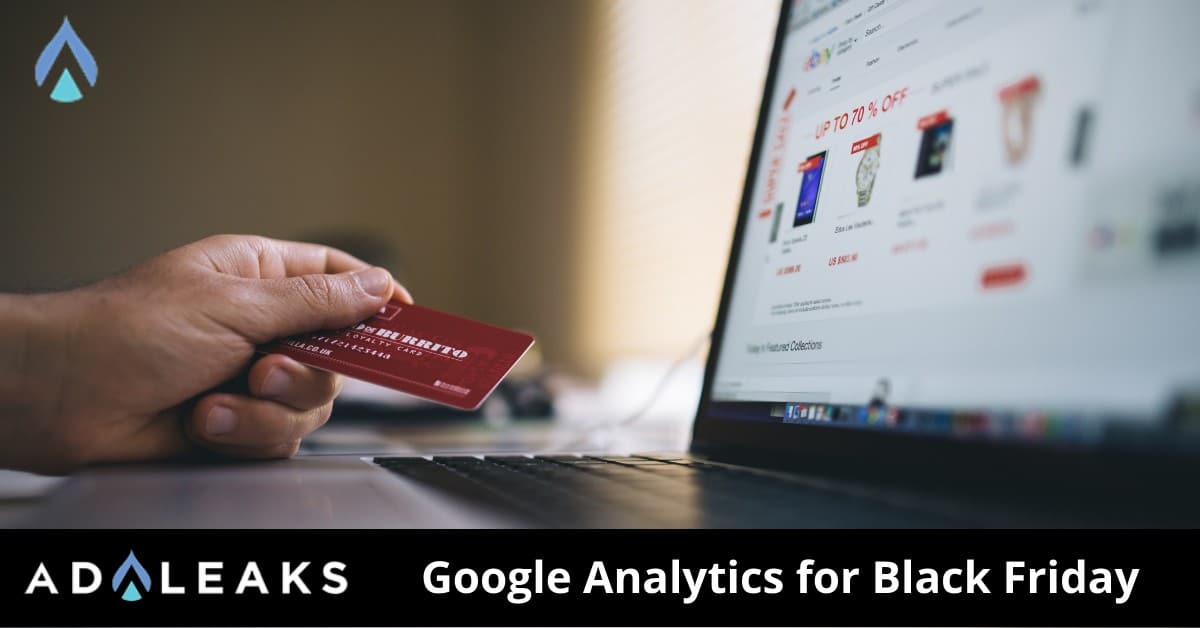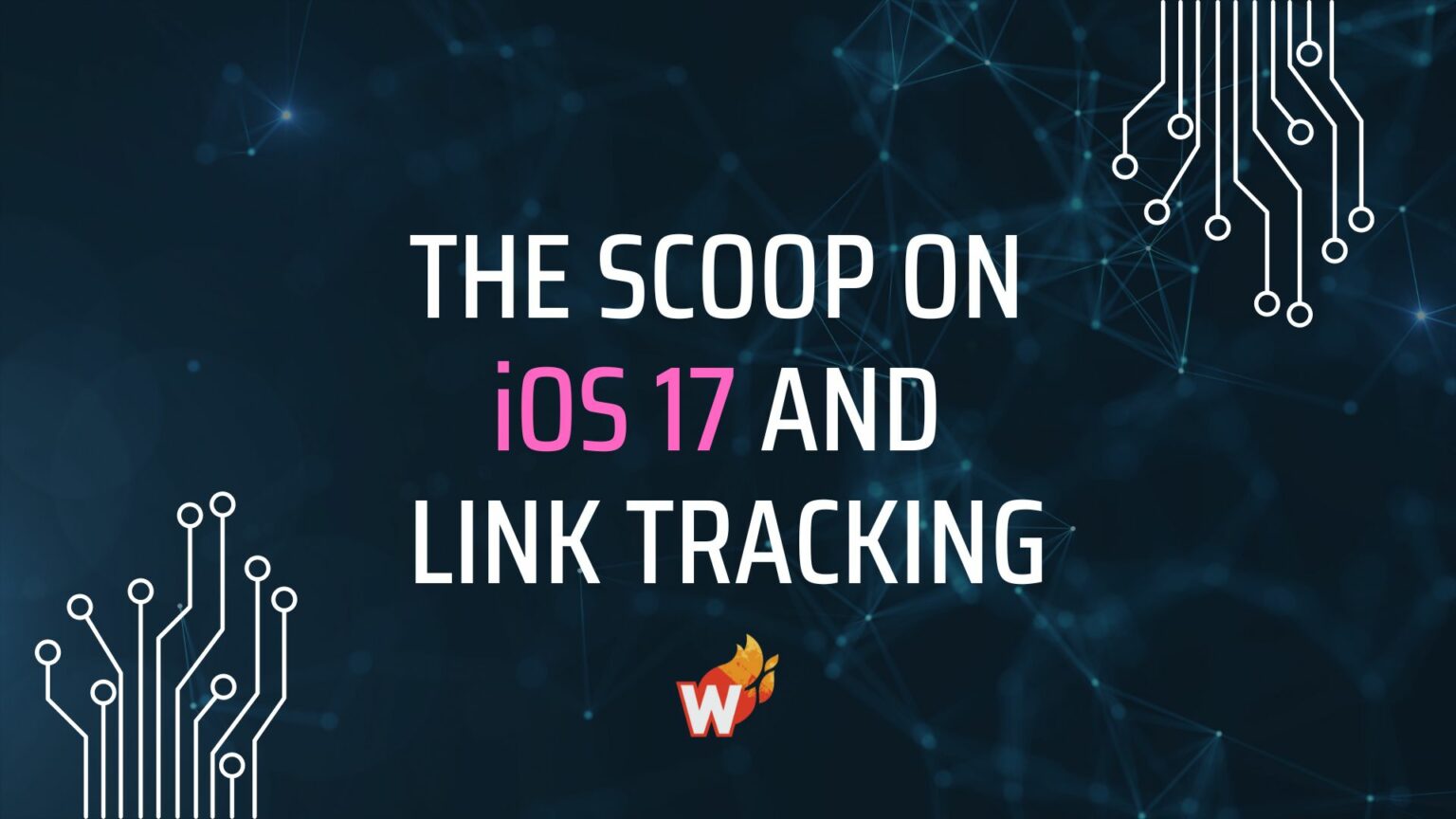
Google Analytics Tips for Black Friday


Black Friday is just around the corner, and as you probably already know, it's the day of the year where people tend to spend lots and lots of money in stores and online.
The reason? Because stores and brands have learned how to market the holiday like masters. They understand that their advertising and marketing efforts can reap massive rewards... by offering discounts and hard to resist perks, their efforts can have lasting rewards.
If you're the owner of an online business, you may be wondering how you can tap into this frenzy. You want to draw as much traffic to your site as possible... but then what? Do you offer them a discount? How do you know if your tactic is a success?
In this article, we'll explain some basic ideas that you can implement in the weeks before a Black Friday.
Once you get everything situated with your website and ads, you may wonder how you'll be able to tell if your campaign was a success or not. This is where Google Analytics comes into play.
Google Analytics allows you to track all sorts of e-commerce metrics. We will go over the basics of goals to ensure you're headed down the right path.
Black Friday Content
Black Friday is a great example of a holiday or an event where you should be creating special content. Special content can come in the form of:
- Black Friday specific sales landing pages.
- Fun and/or informative articles surrounding your products and services.
- Creative Facebook, Instagram, and Pinterest posts.
- Special offers.
- Black Friday oriented newsletters.
- Black Friday website banners.
- Count-down clocks for Black Friday sales.
Take time to brainstorm what types of sales/promotions you want to hold (if you haven't already) and which content pieces are needed to make your goals a success.
And most importantly, figure out exactly how you're going to track whether or not your content and campaigns are a success.
How to Measure Your Success
Once you determine the content you want to develop, you need to figure out how to measure success. If you are unsure of where to start, you may want to consider the following:
- Come up with your objective or goal for this sale.
- Think of what strategies you will use to obtain this goal.
- Come up with your Key Performance Indicators (KPI) so you know what to measure and what to look for.
- Set goals or targets for each of your KPI.
This can seem a bit overwhelming at first, but the more you dive into it, the more you will see its value.
If you're not exactly what a KPI or what your KPIs should be, we created a detailed info series on them. Click here to view.
Set Up Your Google Analytics Goals
In order to track your success on Black Friday, it’s important to gather as much data as possible.
Thankfully, goals like shopping behavior, product performance, and conversion rate can be tracked using Google Analytics.
The sooner you get this rolling the better, as you can begin gathering data prior to the big day as a benchmark for your overall success.
Goals can include (but aren't limited to) submitting a contact form, video plays, visiting a particular page, visit duration, purchases, and the number of pages/screens per session.
To create a goal, you'll need to navigate to your Google Analytics account, access your "View Settings" window, and then click on "Goals."
You'll then be prompted to create a "New Goal" — click on "New Goal" for next steps.
You can then select the specific type of goal you want to measure.
Decide which goal(s) you want to measure and continue through the designated steps.
For a full tutorial on Google Analytics Goals, click here. We strongly suggest you master these skills ASAP.
Once your goals are set up, you'll be able to begin collecting data that can be measured before Black Friday, during the event, and then after. This way you'll be able to get a detailed assessment of how your efforts have paid off and how you should tailor them in the future.
Conclusion
As mentioned above, once your promotion runs, you'll need to measure whether or not it was a success via three sets of data:
- Your regular day-to-day data.
- Data from the day of the sale.
- Data from a week or two after the promotion.
In doing so, you'll be able to fully understand whether or not your efforts have paid off and make necessary changes for the future.
The more data you can collect on a regular basis, the less hunched-based decisions you need to make.
If you want more advanced, in-depth tips and methods from myself and other experts, join our premium group at join.adleaks.com.





